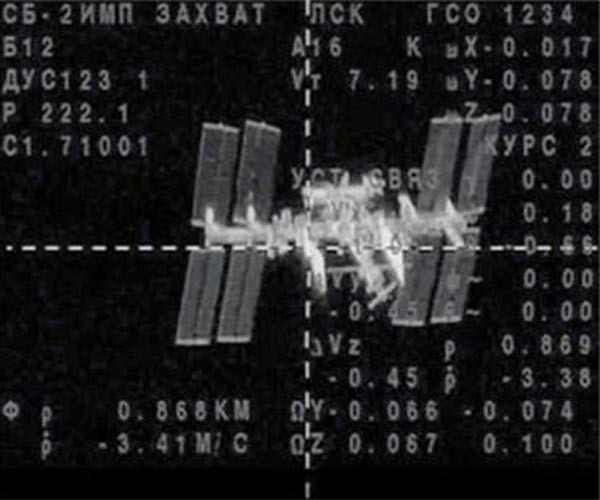2.05.2023

Russia has committed it will remain on the International Space Station until 2028, backing away from a plan to leave the low-Earth orbiting laboratory next year, according to NASA.
NASA on Wednesday announced Russia would "support continued station operations" for another five years, while the United States, Japan, Canada and participating countries of the European Space Agency offered a longer commitment through 2030.
"The International Space Station partners have committed to extending the operations of this unique platform in low Earth orbit where, for more than 22 years, humans have lived and worked for the benefit of humanity, conducting cutting-edge science and research in microgravity," NASA said.
"NASA will continue to work with its partner agencies to ensure an uninterrupted presence in low Earth orbit, as well as a safe and orderly transition from the space station to commercial platforms in the future."
Last July, the new head of the Russian Space Agency, Roscomos, Yury Borisov, said it would leave the ISS and build its own space laboratory at a cost of $6 billion. The announcement came five months into Russia'sinvasion of Ukraine, leading the United States and the governments of its space partners to respond with financial sanctions.
China built its own space station, and a crew spent their first six-month trip on it in February.
Russia has been one of the leading space agencies since the start of its construction in 1998.
"The International Space Station is an incredible partnership with a common goal to advance science and exploration," Robyn Gatens, director of the International Space Station Division at NASA headquarters in Washington, D.C., said.
"Extending our time aboard this amazing platform allows us to reap the benefits of more than two decades of experiments and technology demonstrations, as well as continue to materialize even greater discoveries to come."
Quelle: SD

